Some months ago, Microsoft finally released Windows 10 to the masses, and it is poised to become the biggest OS release in years. Windows 10 is Microsoft’s endgame, and it has managed to bring everything together as a cohesive whole, finishing what it started with Windows 8.
It wasn’t always like this. When Windows 8 tanked, proclamations abounded that Microsoft was going to be the next AOL, the next Yahoo or the next Nokia: a titan that took some missteps and subsequently become a shadow of its former self.
But Microsoft knew all along that Windows 8 was going to be a commercial failure. It knew that Windows 8 wouldn’t be accepted by consumers or corporate customers, who were so averse to change that they still held on to Windows XP, even after three major OS revamps. Here are five definitive pieces of evidence that Windows 10 is Microsoft’s endgame.
Number Five: Windows 8 Was a Beta Test for Windows 10. Windows 8 was never meant to shake up the market. It was merely meant to be a way to stall users from switching amidst the notoriously long Windows upgrade cycle, and it gave Microsoft more time for its pride and joy: Windows 10. Windows 8 offered a small peek into the ideas that took form when they evolved into Windows 10.
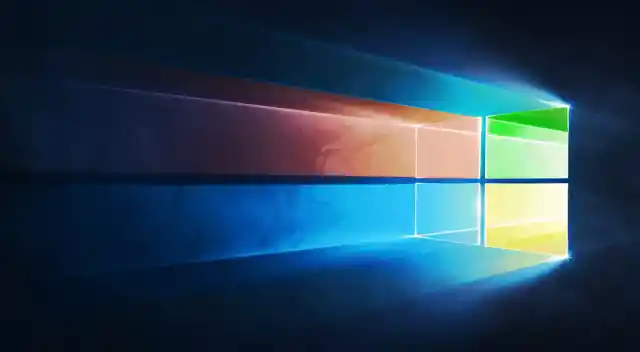
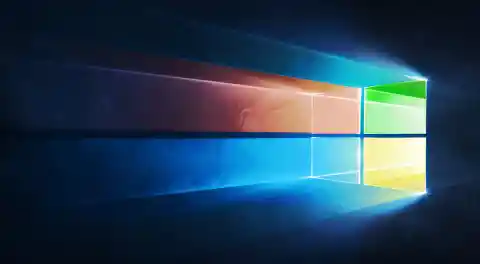
Windows 8 introduced two user interfaces within one operating system: One for touch-based devices and one for traditional keyboard and mouse devices. Both were completely separate, and sometimes touch-based users were forced to use the other interface, and vice-verse. It was all haphazard, and there was no cohesion. In Windows 10, Microsoft introduced Continuum, which intelligently switches between both user interfaces depending on what is plugged in: a keyboard and mouse, or a touch-display.
Then there’s the matter of applications. Windows 8 was similarly divided between devices with legacy applications, phone applications, Metro Apps and yet another category of apps, called Windows RT Apps. In Windows 10, Microsoft attempts a unification of these categories with Universal Apps, which run on any device.
In a shell, Windows 8 is a not cohesive and has a lot going on, while Windows 10 is more cohesive, more intuitive and more refined.
Number Four: Microsoft Has Pulled This Stunt Before. Most of us remember Windows 7, and it still occupies a large part of the market simply due to how refined and stable it was. Comparatively, Windows Vista occupies a minuscule portion of the market. Windows Vista introduced the new Aero interface but was so buggy that it never took the market by storm. However, Microsoft refined the features that it introduced in Vista, made it more stable, and Windows 7 was born.
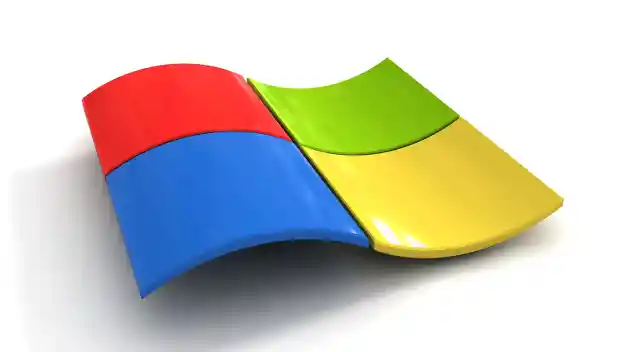
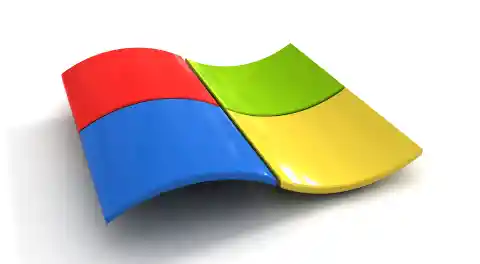
Number Three: Microsoft Primed Consumers for Windows 10. Windows 8 was introduced in an entirely different landscape, where there were more choices, and consumers had the power to choose. The public didn’t receive Windows 8 well, and it tarnished Microsoft’s branding. That, in addition to the ensuing Xbox backlash, meant that a stigma came to form around Microsoft.
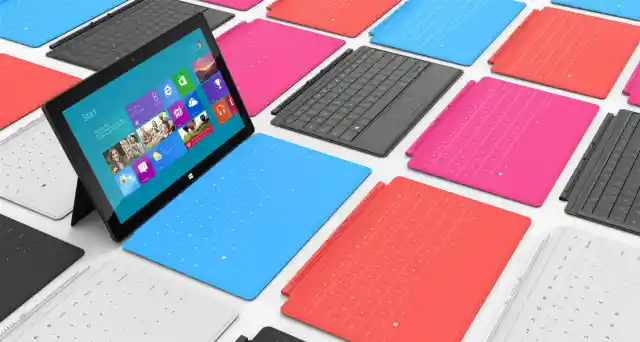
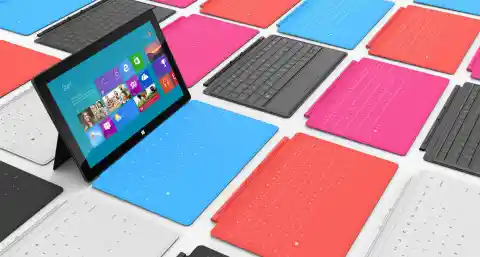
Microsoft understood this and did a quick corporate rejig before the release of Windows 10. It was released for free to ensure maximum adoption, and that was a huge help to improving public perception of Microsoft.
Then, understanding that everyone expected their operating systems to evolve in shorter update cycles, Microsoft proclaimed that Windows 10 may perhaps be the last version of Windows for the next few years, with minor and major upgrades occurring from time to time in the background through updates.
Number Two: Microsoft Released Top-Notch Software Just for Windows 10. Microsoft refined the hardware it had and introduced new groundbreaking technologies like the HoloLens, which is head and shoulders above the competition. Then, it evolved the Surface line (which incidentally launched with Windows 8), and made it smaller, lighter and faster for Windows 10. It even introduced a laptop with an innovative hinge design that packs a lot into a small and light enclosure. Microsoft topped it all off with a keynote packed with the enthusiasm that you expect from an Apple event. The hardware partners have used the Surface line as a benchmark and have introduced their own devices, reinvigorating interest in the segment.
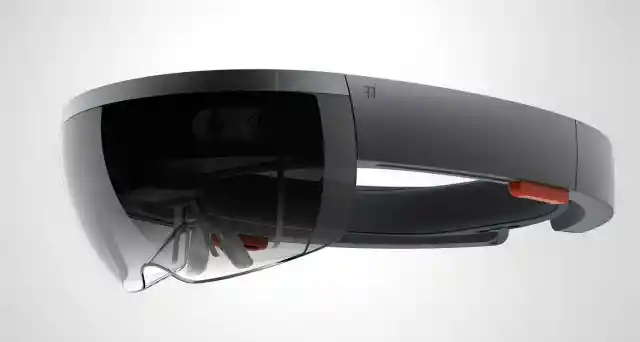
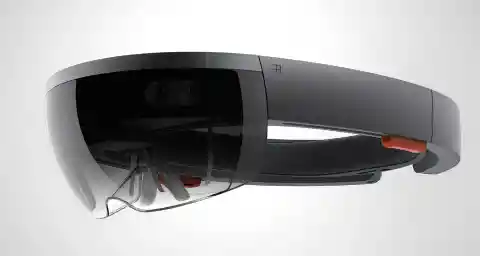
Number One: Windows 10 Is Streamlined to Perfection. Windows 10 runs everywhere from Desktops to the Raspberry Pi (thus marking Microsoft’s entry into the IoT ecosystem). Every device in the ecosystem works with a cohesiveness like never before. Xbox games can stream to the PC. Windows 10 phones can become full-fledged PCs with the help of a dock. Hardware partners are releasing laptops that can turn into tablets, and vice-versa.
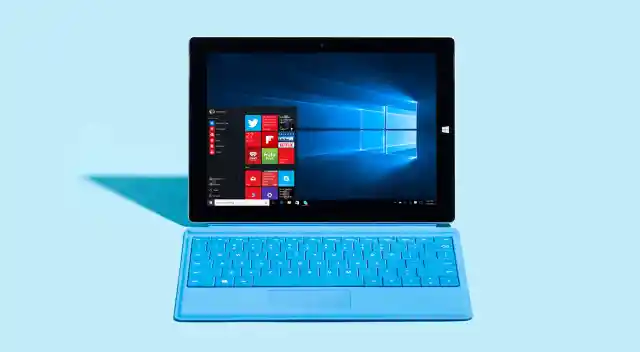
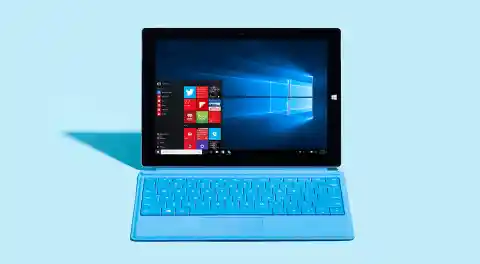
The pieces all fell into place. Windows 10 saw the fastest adoption that Microsoft has ever seen. Suddenly, Windows 10 had a whole ecosystem of devices, from Microsoft’s own to that of hardware partners who followed Microsoft’s lead with the Surface. Windows 10 is the platform for groundbreaking new technologies like the HoloLens, and with the new breakthrough in advanced face recognition with Windows Hello, Windows 10 is poised to be a big hit in the enterprise sector.
The vision for Windows 10 was that of a universal operating system that completely shakes up the market. With a booming ecosystem, a fast adoption rate and interoperability, Windows 10 is the culmination of Microsoft’s vision.